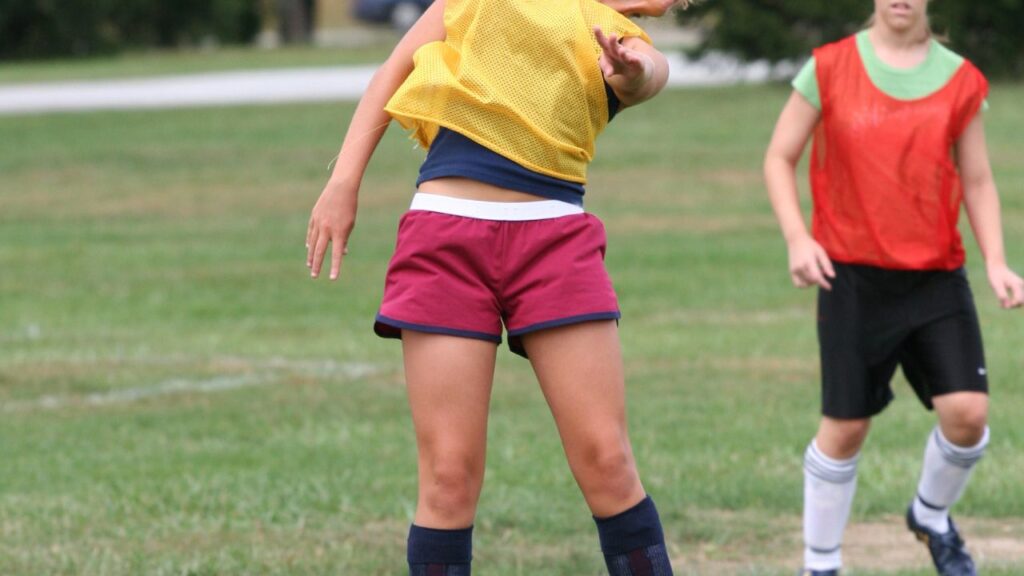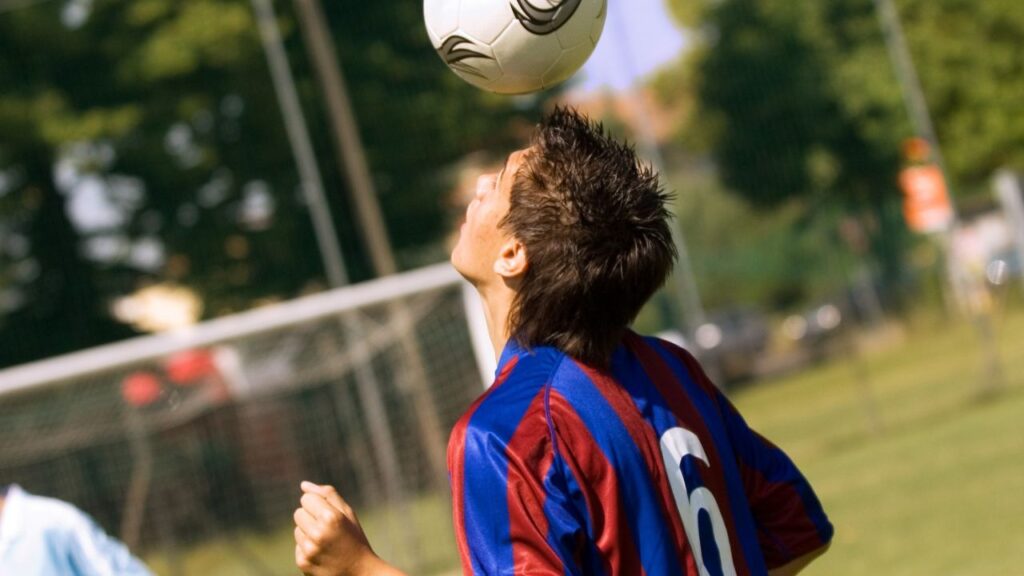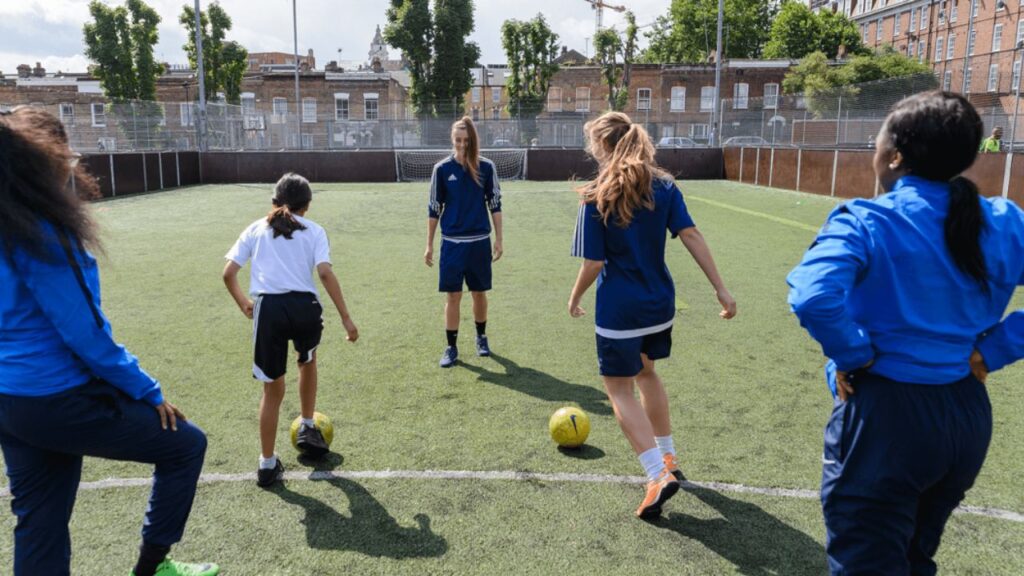The world of women’s football is roaring louder than ever, turning stadiums, screens, and hearts into ecstatic celebrations of skill, determination, and progress. From the electric atmosphere of the FIFA Women’s World Cup 2023 to the transformative professionalisation sweeping leagues globally, women’s football is no longer just a niche passion—it’s a worldwide phenomenon. The latest insights, unveiled in FIFA’s third edition of “Setting the Pace,” reveal remarkable strides in governance, finance, and fan engagement, proving that women’s football is not only alive but thriving on every continent.
Behind the scenes, groundbreaking developments in coaching qualifications, youth academies inclusive of hundreds of young girls, and robust safeguarding policies paint a vivid picture of a sport evolving with integrity and ambition. Economic shifts, with commercial and broadcast revenues hitting new peaks, strengthen the foundation for athletes to pursue football as a sustainable career. Meanwhile, fan culture is blossoming with greater attendance, season ticket offerings, and innovative marketing, fueled by global brands like Nike, Adidas, and Puma embedding themselves into the women’s game like never before.
As the sport surges forward, leagues such as the American Women’s Football League (AWFL) showcase radical changes through new fan engagement models, revenue-sharing solutions, and authentic team branding that promise to elevate women’s football to unprecedented heights. This spotlight shines not only on the stars lighting up the pitch but also on the rich ecosystem supporting them—clubs, coaches, brands, and communities knitting a tapestry of progress, passion, and potential.

Growth and Professionalisation Trends in Women’s Football Leagues Worldwide
The pulse of women’s football beats stronger today thanks to skyrocketing professional standards across leagues on every continent. FIFA’s “Setting the Pace” report drills down into the mechanics behind this success, showcasing how leagues are leveling up in coaching, player development, governance, and financial muscle.
At the heart of this evolution is a sharp uptick in coaching quality: 62% of leagues now require coaches to hold a Pro or A Licence, and an astounding 69% of clubs exceed these minimums with coaches already possessing advanced qualifications. This commitment is reshaping gameplay, tactical acuity, and athlete development, producing cleaner, faster, and more passionate matches that captivate fans.
Youth development is another cornerstone. Nearly 70% of clubs have functioning academies that include girls, averaging 78 young athletes per academy. These academies are the pipelines generating the next generation of stars, fostering grassroots ambition and skills that ripple upwards to professional ranks.
Governance is tightening its grip too: 79% of leagues have adopted club licensing systems, up significantly from 66% in previous assessments. Such structures create standards and accountability that ensure clubs operate with professionalism, respect for players, and financial transparency.
On the financial front, leagues following dedicated commercial strategies are reaping rewards, reportedly averaging USD 2.7 million in commercial revenues—more than double the USD 1.1 million earned by those without.
- Coaching License Distribution across Leagues and Clubs
- Growth in Female Youth Academies Participation
- Increase in Club Licensing Adoption Globally
- Impact of Commercial Strategies on Revenue Generation
| Category | 2019-2021 Data | 2023 Data (Latest) | Growth |
|---|---|---|---|
| Leagues Requiring Pro/A License Coaches | 52% | 62% | +10% |
| Clubs with Coaches Holding A Licence or higher | 61% | 69% | +8% |
| Leagues with Club Licensing | 66% | 79% | +13% |
| Average Commercial Revenue (USD million) | 1.1 | 2.7 | +145% |
These metrics vividly illustrate the relentless push toward professionalism that’s reshaping women’s football’s landscape. Brands like Nike, Adidas, and Puma are actively sponsoring clubs and leagues, further fueling commercial growth and visibility. Their involvement not only outfits players in high-performance kits but also brings marketing clout that attracts fans and amplifies the sport’s global reach.
Player welfare and safety form an increasing focus point, with 65% of clubs and 56% of leagues appointing dedicated safeguarding officers. As the game grows, so does responsibility, ensuring that athletes thrive in safe, supportive environments.
Key Factors Driving Athlete Support and Dual Career Opportunities
Sporting excellence in women’s football also relies on supporting players beyond the pitch. With the financial realities of the sport evolving, many players balance football careers alongside education or other jobs. A substantial 76% of clubs offer some form of dual-career support like flexible training, courses access, and job networking. This flexible approach ensures athletes can sustain longevity and plan for life after football—essential in a sport still carving out full professionalization.
- Flexible Training Schedules
- Access to Educational Courses
- Career Development and Networking
- Provision of Job Placements
This multifaceted support system reflects the maturity building in the women’s game, marrying ambition with responsibility to athletes’ futures. It’s a delicate balance that clubs like those backed by Under Armour and New Balance embrace to maximize talent retention and wellbeing.
Fan Engagement Revolution: Increasing Attendance and Season Ticket Innovations
The roar of the crowd is the heartbeat of football, and women’s leagues globally are hearing it grow louder and louder. Average attendances across leagues have surged by around 12% since the 2021-2022 season, reaching an average of 1,127 spectators per game. This surge signals a growing fanbase hungry for elite women’s football spectacles.
Season ticket offerings have blossomed as well, with 35% of clubs now providing season tickets for their women’s teams, either exclusively or bundled with men’s tickets. This development marks a monumental shift, treating women’s teams as headline acts rather than supporting casts. Fans are investing emotionally and financially, fostering vibrant communities united by passion for the women’s game.
- Increase in Matchday Attendance
- Introduction and Growth of Women’s Team Season Tickets
- Enhanced Fan Experiences Through Club Initiatives
- Integration of Digital and Social Media Platforms
Clubs are innovating with fan experiences backed by tech and culture shifts, often partnering with giant apparel firms such as Reebok and Umbro to create merchandise and engaging events. This strategic focus enhances loyalty and ensures matchdays are more than just games—they’re events packed with entertainment, community spirit, and identity.
Social media engagement also turbocharges fan connection. Platforms like TikTok and Instagram buzz with highlight reels, interviews, and behind-the-scenes footage that energize the fan base beyond matchday. These vibrant digital touchpoints complement physical attendance, creating a global community celebrating women’s football.
American Women’s Football League (AWFL): Innovation and Expansion in Women’s Tackle Football
While soccer steals global headlines, the American Women’s Football League (AWFL) is reimagining women’s tackle football with revolutionary ideas, expanding the scope and appeal of the sport. The AWFL has nearly doubled its teams for 2024, with excitement building for more additions soon. This marks an unprecedented expansion that brings fresh energy, diversity, and competitive intensity.
What sets the AWFL apart are its innovative fan engagement approaches, revenue-sharing solutions, and authenticity-driven team branding. Together, these elements create a sustainable ecosystem that values fans and players alike, pushing women’s tackle football onto a major growth trajectory.
- Team Expansion to Nearly Double the League Size
- New Revenue Sharing Models for Sustainability
- Cutting-Edge Fan Engagement Initiatives Using Tech
- Authenticity-Based Branding with Local Roots
Fan culture is thriving, propelled by clubs like the Detroit Prowl and Atlanta Phoenix whose active fan shops and merch lines create identity and fierce pride. The intersection of innovation, community, and sports excellence defined here is proof that the women’s game can take varied forms, all worthy of spotlight and celebration.
Modern Brand Influence on Women’s Football Apparel and Sponsorship
In a game growing fast both on and off the field, apparel and sponsorship play pivotal roles. Iconic brands like Nike, Adidas, Puma, Under Armour, Reebok, and New Balance have exploded their presence in women’s football. Their high-tech kits, sponsorship contracts, and marketing campaigns fuel the sport’s visibility and professionalism.
Quality gear from Umbro, Asics, Mizuno, and Lotto also helps athletes perform at peak levels, weaving style with function. These partnerships influence fan culture, merchandising avenues, and financial stability, making players not just athletes but icons with global followings.
| Brand | Primary Roles in Women’s Football | Notable Sponsorships |
|---|---|---|
| Nike | Kit supplier, marketing campaigns | USWNT, PSG Women |
| Adidas | Player development programs, sponsorship | Real Madrid Women, Bayern Munich Women |
| Puma | Sponsorships, fan engagement apparel | Manchester City Women, Arsenal Women |
| Under Armour | Training gear, dual-career support partnerships | Various US colleges and clubs |
| Reebok | Merchandise, community projects | Atlanta Phoenix (AWFL) |
| New Balance | Kit supplier, sustainability efforts | Wolverhampton Wanderers Women |

Breaking Barriers: Governance, Player Welfare, and The Road to Equality in Women’s Football
Women’s football journey is not just about goals and glory. Behind every triumph lies a story of governance reforms, welfare initiatives, and battles against inequality. The third edition of “Setting the Pace” makes it clear that progress is happening, but challenges remain.
Strong governance frameworks have taken root in leagues where club licensing has become the norm, ensuring clubs meet minimum standards across financial stability, sporting integrity, and institutional transparency. Safeguarding policies, now adopted by 65% of clubs and 56% of leagues, protect players from abuses and create safer professional environments.
- Club Licensing as a Standard Practice
- Expansion of Safeguarding Officers and Policies
- Contractual Realities and Salary Growth
- Player Support in Dual Careers and Mental Health
About contracts: median length ranges from 1 to 1.5 years, signaling the still-evolving nature of player security, with 34% having contracts shorter than 12 months. Salaries have risen year-on-year, averaging USD 16,825 per player, up from USD 14,000, reflecting upward momentum but room still for economic gains.
Beyond contracts, the holistic view of player welfare includes mental health, career planning, and safe working conditions—areas where ongoing improvements are seen but require constant vigilance. Support for players’ non-football careers remains crucial, highlighting the sport’s unique transitional stage between semi-professional and fully professional status in many parts of the world.
Strategies for Future Growth and Equality
Driving women’s football forward means holding to core principles of equality and inclusion. Stakeholders at every level—from FIFA to domestic leagues and clubs—are investing in:
- Expanding club licensing and governance oversight
- Scaling up safeguarding training and staffing
- Negotiating longer player contracts with fair pay
- Enhancing dual-career support structures
- Boosting grassroots programs focused on girls
Each of these strategies helps build a robust ecosystem where women’s football can thrive not just as a spectacle but as a professional, equitable sport worthy of admiration and investment worldwide.
Frequently Asked Questions About Women’s Football Development and Culture
- What is “Setting the Pace” and why is it important?
It’s FIFA’s global benchmarking report that analyses women’s football leagues and clubs across governance, finance, and sporting standards, guiding stakeholders on progress and opportunities. - How has women’s football attendance changed recently?
Average attendances have increased by around 12% since the 2021-2022 season, indicating growing fan interest and investment. - Which brands are most involved in women’s football now?
Major global brands like Nike, Adidas, Puma, Under Armour, and Reebok play crucial roles in sponsorship, apparel, and marketing for the women’s game. - What support exists for players balancing football and other careers?
About 76% of clubs provide dual-career support, including flexible training and access to education or job opportunities. - How are player contracts evolving in women’s football?
Contracts are beginning to lengthen with improved salaries, but many remain shorter than 12 months, reflecting the sport’s still-maturing professional landscape.
